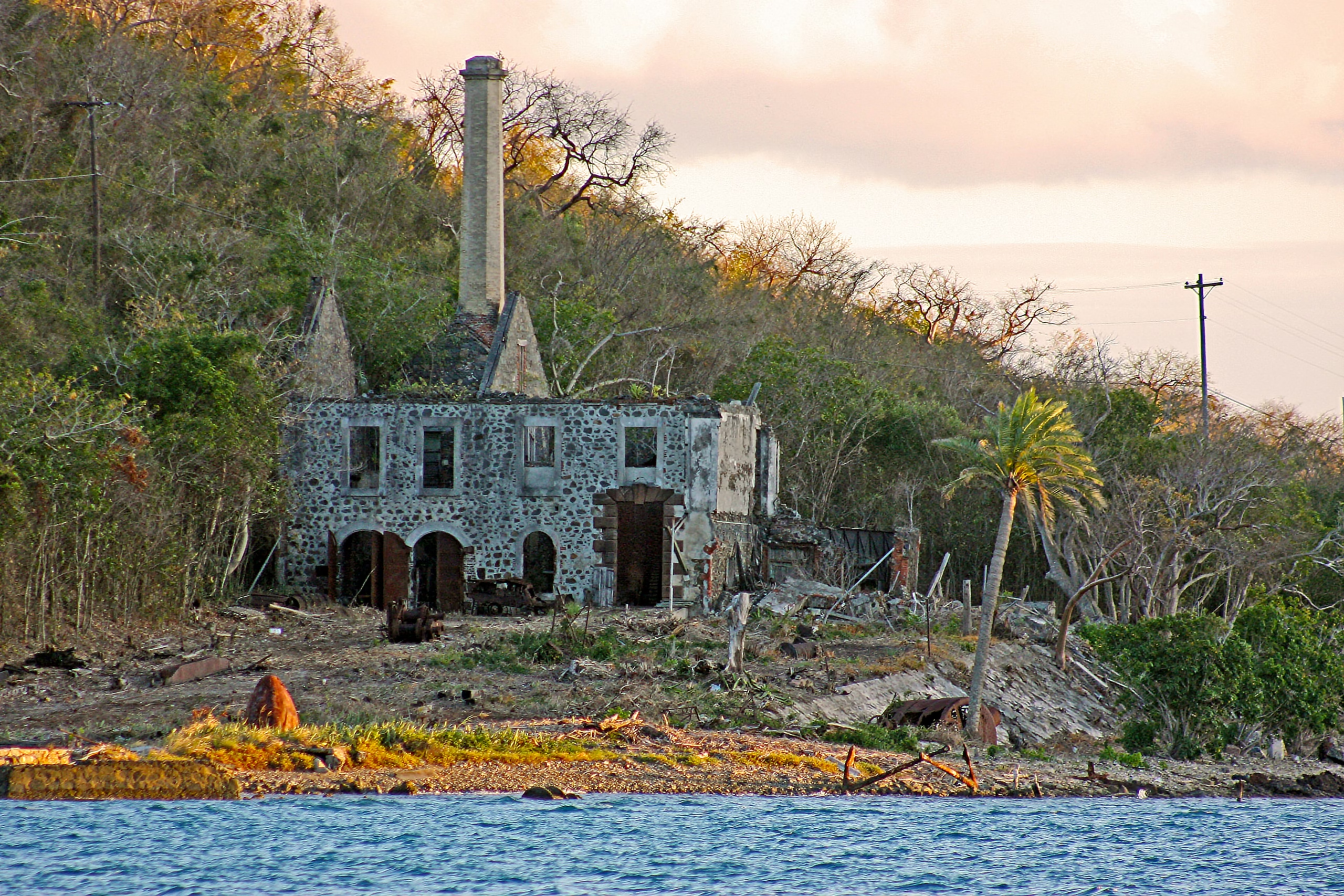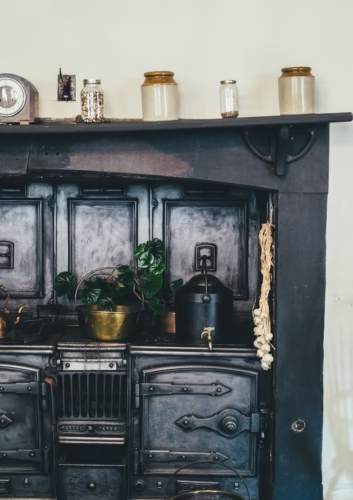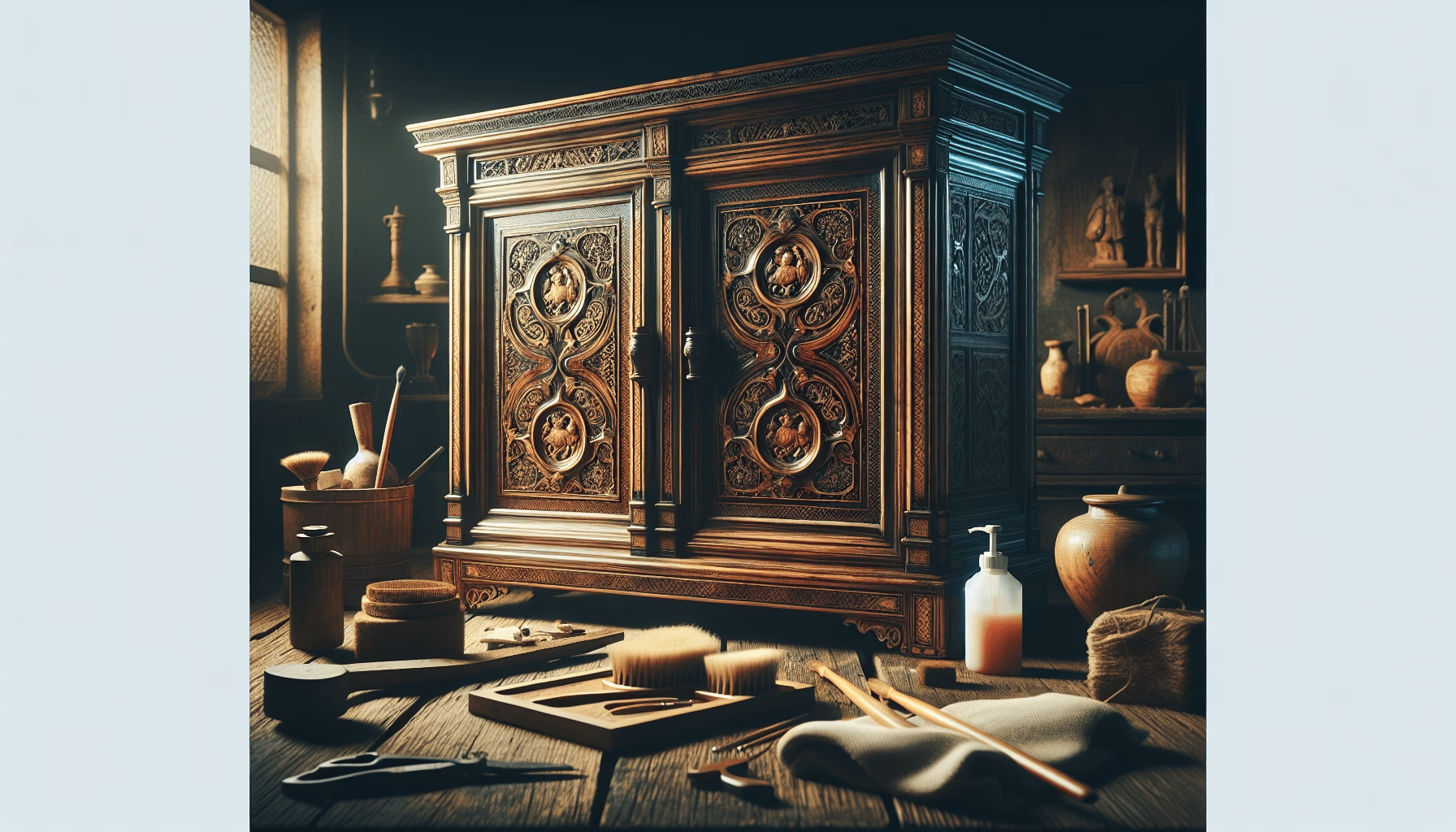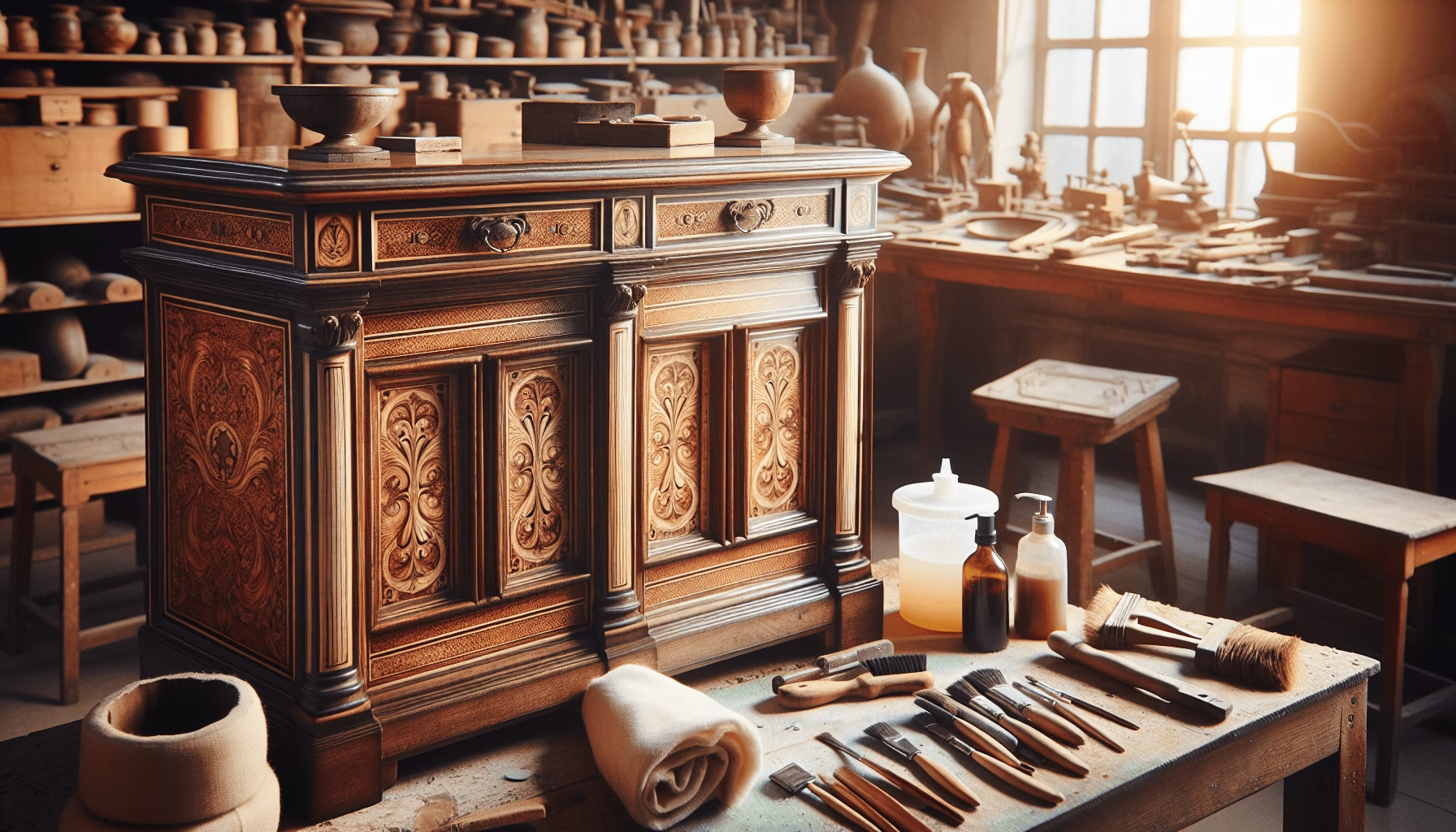What makes the delicate art of antique restoration so intriguing? This question often echoes in the minds of those enchanted by the mystique of history preserved in objects. The passion for antiques is a commitment to history, where the past is tangibly revived. But the journey from a forgotten relic to a restored masterpiece requires meticulous attention and a set of expert strategies.

Table of Contents
Understanding Antique Restoration and Preservation
Antique restoration and preservation are integral processes in maintaining historical pieces. Restoration refers to the process of repairing the wear and tear on antiques to revert them to their original state, while preservation involves methods used to maintain the current condition and prevent further deterioration.
Restoration aims to enhance the functionality and aesthetic value of the item, which sometimes necessitates replacing parts or undoing past repairs that were not appropriately executed. Preservation, in contrast, is primarily about stabilizing objects, often avoiding significant changes or alterations to ensure the piece’s existing state is maintained.
The Historical Context of Antique Restoration
The roots of antique restoration trace back to the Renaissance when a renewed interest in art and history led to the repair of sacred and valuable objects. The craftsmanship of past eras had to be honored, with restorers often facing the challenge of enhancing these pieces while respecting their originality.
The 19th and 20th centuries saw further refinement in restoration techniques, influenced by the advancements in the understanding of materials. These technological and scientific advances allowed restorers to approach projects with a greater assurance of longevity and historical fidelity.
Key Concepts in Restoration and Preservation
Antique restoration and preservation are guided by fundamental principles. These include understanding the historical significance of an item, using reversible techniques when possible, and maintaining a ‘less is more’ approach where minimal interference with the original is prioritized.
Reversibility in Techniques
Reversibility is crucial in restoration to ensure that future restorers can undo any changes without damaging the original piece. Using materials that can be removed without adverse effects is a key consideration.
Minimal Intervention
Minimal intervention is about maintaining the authenticity of an antique. This philosophy dictates that the fewer changes made, the more of the original narrative remains intact.
Material Conservation
Understanding the materials from which antiques are crafted—wood, stone, textiles, metals—is crucial. Each material requires specific approaches to cleaning, repair, and conservation to avoid further degradation.
Environmental Controls
Environmental factors, such as humidity, temperature, and light exposure, play significant roles in the longevity of antiques. Implementing measures to manage these conditions is essential in preservation efforts.

Step-By-Step Guide to Antique Restoration
Given the intricacies involved, antique restoration demands a methodical approach. Below are fundamental steps to guide the process:
1. Assessment and Documentation
Begin with a thorough assessment. Document the current state of the piece, noting any previous repairs or modifications. Taking photographs from multiple angles can help in creating a visual record.
2. Research and Historical Contextualization
Research the item’s historical background. Understanding its origin, manufacturing methods, and cultural relevance will help guide appropriate restoration techniques.
3. Cleaning
Careful cleaning is often the first physical step in the restoration. Use the gentlest methods possible, starting with dry cleaning techniques such as dusting with a soft brush, then moving to wet cleaning with appropriate solvents, if necessary.
4. Repair and Restoration
Conduct repairs by addressing structural damage. This could involve woodwork repairs using joinery techniques consistent with the item’s era or repairing textiles using sewing techniques from the period.
5. Surface Finishing
Surface finishing may involve polishing metals, resealing woods, or even re-gilding certain elements. Every surface treatment should aim to match the original as closely as possible.
6. Preservation Measures
After restoration, consider applying conservation methods to prolong the life of the piece, such as using UV-protective glass in display cases or implementing pest control procedures.
The Role of Visuals and Documentation in Restoration
Visual resources enhance the understanding of restoration steps and methods. Detailed documentation, such as high-resolution images before and after restoration, plays a vital role. These visuals aid future conservation efforts and provide an educational resource that highlights the techniques used.
Case Studies: Success Stories in Restoration
Examining successful restoration projects provides practical insights. Consider the restoration of a 15th-century manuscript that required meticulous parchment repair, or the revival of a 19th-century wooden armchair, where traditional joinery techniques restored its structural integrity.
Utilizing Tables for Illustration
The following table provides a comparison of materials commonly found in antique items, and their corresponding restoration techniques. This table aims to clarify the relationship between materials and their specific care requirements:
| Material | Common Restoration Techniques |
|---|---|
| Wood | Joinery repair, surface sealing, gentle cleaning |
| Textile | Stitching repairs, gentle vacuuming, deacidifying |
| Metal | Rust removal, re-polishing, protective coatings |
| Porcelain | Crack repairs, glaze restoration |

Problem-Solving Strategies in Restoration
Restoration work rarely follows a predictable path, necessitating adaptable problem-solving strategies.
Addressing Common Challenges
Limited Historical Data: Often, antiques are accompanied by scarce historical information. Collaborating with historians or using scientific methods like infrared spectroscopy can provide insights.
Material Degradation: In cases of severe degradation, employing modern materials that mimic the original’s appearance while ensuring durability is a common tactic.
Ethical Dilemmas: Balancing historical integrity with functional restoration remains an ongoing challenge. Prioritize preserving as much of the original material as possible whenever fidelity to the original piece is a primary goal.
Future Trends in Restoration and Emerging Technologies
The field of antique restoration is not static, with new technologies continually enhancing methodology. Advances such as 3D printing, used for replicating intricate components of objects, and non-invasive analysis techniques like X-ray fluorescence, for understanding mineral compositions, signal notable advances. Staying informed about these emerging trends enables more effective and innovative restoration practices.
Adapting to Technological Innovations
Embracing new technologies like digital reconstructions can offer a non-invasive mode of visualizing restoration outcomes prior to implementing physical changes. Additionally, virtual reality tools are emerging to allow restorers to visualize historical contexts in more immersive ways, adding another layer of depth to the decision-making process.

Impact and Significance of Restoration and Preservation
At its core, the practice of antique restoration and preservation serves to preserve cultural heritage, allowing future generations to appreciate and learn from past craftsmanship. This work fosters a connection to history, nurturing a deeper understanding of the cultural evolution reflected through artifacts.
Conclusion: Engaging with Historical Artifacts
Restoring and preserving antiques involves an intricate blend of art, history, and science. Applying expert strategies ensures the delicate balance between maintaining historical integrity and enhancing the longevity of these cultural treasures. For those passionate about preserving history, the journey is as rewarding as the outcome, promoting both the conservation of the physical object and the story it tells.
By embracing these strategies and continually adapting to new developments, restorers not only protect our past but also enrich our future. The profound impact of their work inspires ongoing curiosity and appreciation for the invaluable touchstones of our shared heritage.
As a reader, what challenges have you faced with your own antiques, and how have you approached their restoration? Feel free to delve into our related articles for more advanced tips on maintaining and restoring your treasured pieces.

Additional Reading and Resources
- “A Beginner’s Guide to Antique Care”: Offers foundational tips on everyday care and early signs of deterioration.
- “Modern Innovations in Historical Conservation”: Explores the latest technological advances shaping the world of restoration.
- “Cultural Significance of Antiques Through Time”: Provides insight into how antique pieces have intertwined with historical narratives across centuries.

